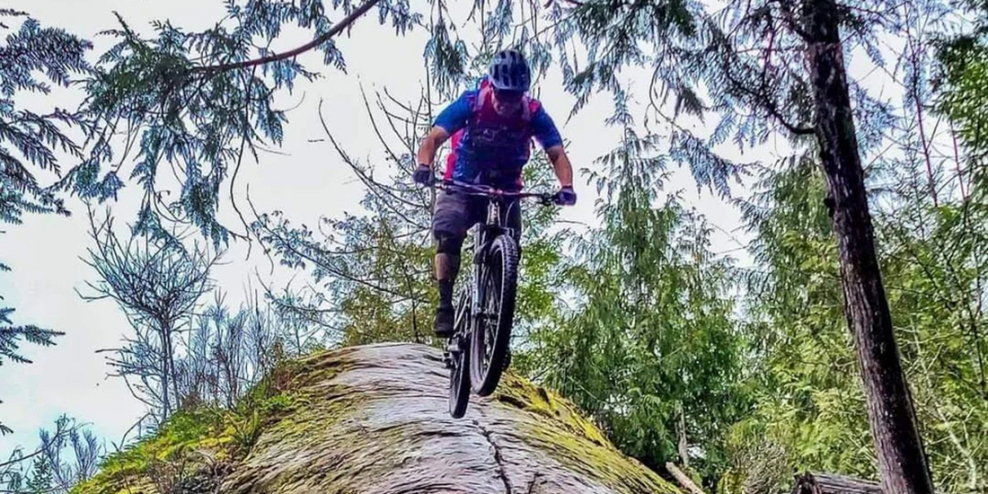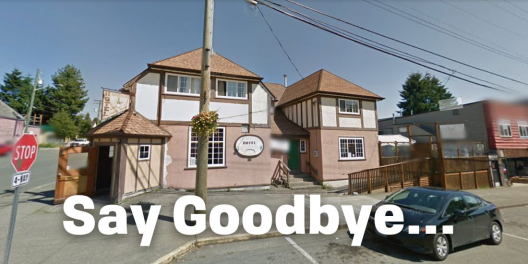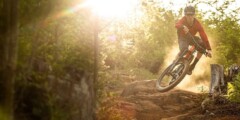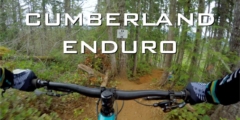Mountain biking has come a long away in Cumberland.
UROC is the non-profit society that represents mountain bikers and other trail users. And they’ve just negotiated another agreement that ensures folks can access the privately owned forest surrounding Cumberland.
The village’s trail network has become one of the busiest mountain biking destinations in Canada. And it all happens on private land, which is a legacy of the the E & N Land Grant that gave Robert Dunsmuir 8000 square km of Vancouver Island.
Last week UROC (United Riders of Cumberland) inked a 3-year deal with landowners Timberwest Forest Company, managed by Mosaic Forest Management Corporation, and Comox Timber Ltd, owned by American financial giant Manulife Investment Management.
For many years, trail building and mountain biking on these lands was not officially allowed. But the big name owners of the land quietly accepted it.
As the network and numbers of users grew, the pressure to establish a formal land use agreement also grew.
So in 2015, UROC signed a pioneering agreement with the private land loggers. It was the first of its kind on VanIsle.
The agreement allowed UROC and the village to officially promote the trail system, erect signage, and raise funds for trail development and maintenance. On the landowners’ side, concerns around liability and timber harvesting were addressed in a manner that would hopefully avoid conflict.
And miraculously, for the most part, it works.
Like past agreements, the new deal allows access for recreation, trail management planning, and trail building and maintenance. It also makes it possible to host bike and trail running races, including the Dodge City Enduro and ever popular MOMAR (Mind Over Mountain Adventure Race).
One new addition is officially allowing pedal assist, or Class 1 e-bikes. It’s a segment of the mountain biking world that is gaining popularity.
Class 2 (throttle-assist) and Class 3 (high speed pedal assist) e-bikes are not allowed in the trail network for recreation. Neither are gas-powered vehicles, like quads and dirt bikes.
Though the Cumberland trail network is built largely on privately owned working forest lands, approximately 10 percent of it sits is on the municipally owned Cumberland Community Forest and watershed lands. However, the land use agreement covers all these lands.
With nearly 200 km of trails, Cumberland’s is one of the largest networks in BC. It gets roughly 100,000 visits per year from bikers, hikers, and trail runners.
Parking at the main lot, the Cumberland Recreation Institute (CRI) often overflows onto neighbouring streets on busy weekends and holidays. It’s good for local restaurants, bars, and bike shops.
Moving forward, UROC will have to carefully manage the amount of new trail development, balance the interests of different trail user groups, and consider developing a new access point for the network to take the pressure off the main entrance at the yellow gate just down from the CRI.
It’s UN-level diplomacy for this small and dedicated crew.










